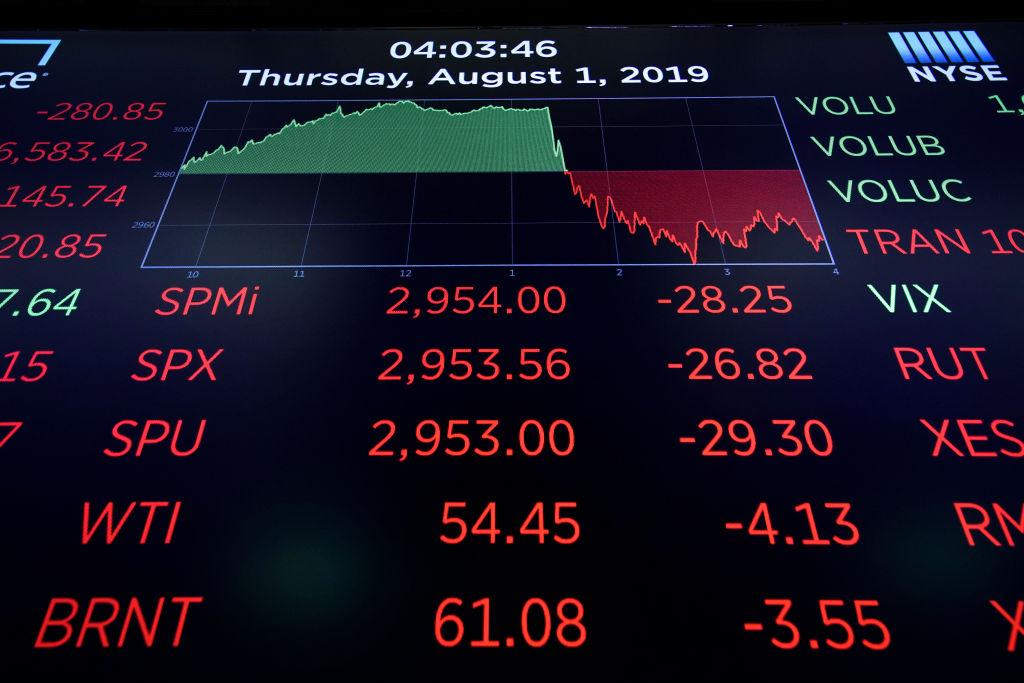S&P 500 ETFs: Why Is SPY More Popular Than VOO?
SPY is by far the most popular S&P 500 ETF. What makes SPY so popular even though there's a flurry of other S&P 500 index funds? Here's what we know.
Aug. 19 2022, Published 9:01 a.m. ET
Index investing has gained popularity and assets of passive funds have surpassed that of active assets. The S&P 500 is the world’s most popular and most indexed index. Several ETFs and funds are benchmarked to the S&P 500. These include the SPDR S&P 500 ETF (NYSE: SPY), the iShares Core S&P 500 ETF (NYSE: IVV), and the Vanguard S&P 500 ETF (NYSE: VOO). However, SPY is by far the most popular S&P 500 ETF. What makes SPY so popular even though there's a flurry of other S&P 500 index funds?
Talking of the S&P 500, Berkshire Hathaway chairman Warren Buffett called it a “cross-section of America.” He also advised investors to invest in low-cost index funds. Berkshire Hathaway has invested in S&P 500 funds even as their total value is less than $50 million while the conglomerate’s total portfolio of publicly traded securities is above $370 billion.
Berkshire Hathaway owns both SPY and VOO.
Berkshire Hathaway holds both SPY and VOO of a similar amount. There's little difference between the two ETFs on a broader level. However, there are some differences that we need to understand.
First, both SPY and VOO track the S&P 500 index and are passive ETFs. They intend to track the performance of the S&P 500 after accounting for the fees. SPY was launched in 1993 and is the first ETF to list in the U.S. VOO was launched in 2010 and is managed by Vanguard, the world’s second-largest asset manager behind BlackRock.
Vanguard was founded by John Bogle, who died in 2019. In 1975, Bogle made index investing accessible by launching the first public index fund tracking the S&P 500.
SPY has higher fees than VOO but is more liquid.
SPY has an annual expense ratio of 0.0945 percent. In contrast, VOO has an annual expense ratio of just 0.03 percent or 3 basis points. In 2020, there was a price war in the ETF space. BlackRock lowered its annual expense ratio by 1 basis point to match that of iShares.
While SPY has a higher expense ratio, it's still the largest and most liquid S&P 500 ETF. SPY has a total AUM of $390 billion and has average daily traded volumes of 78 million. In contrast, VOO has an average traded volume of just about 4.8 million.
Why is SPY more popular than VOO?
It would be safe to say that SPY is much more popular than VOO despite charging over three times the fee. The anomaly is likely due to multiple factors. First, since SPY is the first S&P 500, the ticker is synonymous with the S&P 500 for a lot of people. Also, its trading volumes are much higher than VOO, which makes it attractive to investors.
That said, VOO also has ample liquidity and unless you intend to trade millions of shares daily, you wouldn't face any issues in buying and selling.
SPY and VOO have similar distribution yields.
Both SPY and VOO make distributions on a quarterly basis and have similar distribution yields of around 1.4 percent, which is in line with the S&P 500’s dividend yield.



